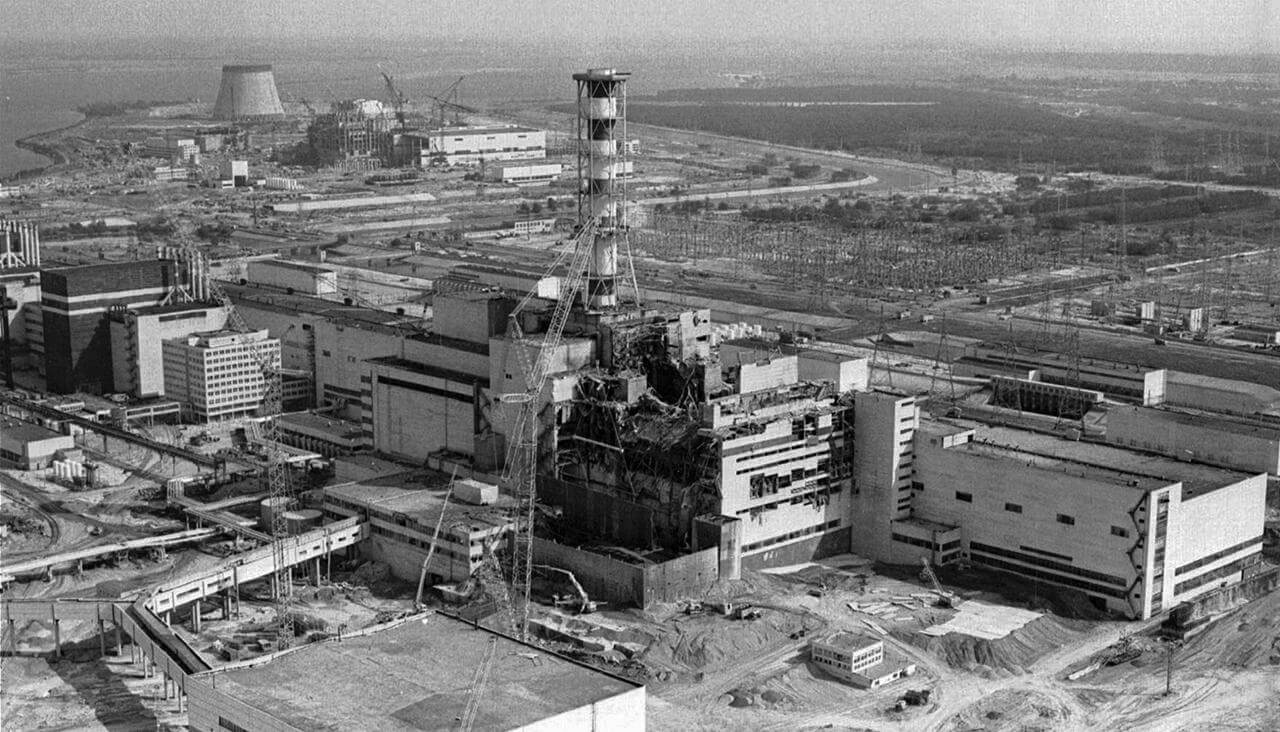
The accident at the Chernobyl NPP occurred on 26 April 1986, has become one of the worst manmade disasters in the history of mankind. Previously it was thought that the explosion at the fourth unit was because in the experiment, the uncontrolled heating of the severed pipe of the cooling system, and the heated steam in contact with a zirconium shell of fuel elements has led to the formation of hydrogen and its ignition in the reaction with oxygen. However, new research is questioning the old version. Scientists believe that the first explosion inside the reactor was nuclear.
Swedish researchers have conducted an independent investigation and came to the conclusion that in fact at Chernobyl there was a nuclear explosion capacity of about 75 tons of TNT. For this they had to perform the concentration of the isotopes 133Xe and 133mXe samples of the Cherepovets factory for the liquefaction of air, and then to simulate weather conditions after the disaster, using archival data of 1986.
In favor of his release, the Swedish researchers cite two rather compelling argument. First, after just a few days after the accident at Chernobyl, the staff of the radium Institute named after Khlopina (Saint Petersburg) recorded the activity of the isotopes 133Xe and 133mXe in liquid xenon, obtained at the Cherepovets factory for the liquefaction of air. After 83 hours after the accident, the activity ratio of these isotopes in the air was 44.5 ± 5.5 in. Scientists have modeled what is happening in the reactor, processes using the programs they created and came to the conclusion that such activity was unattainable in the experiment conducted by employees of the Chernobyl NPP. At this level of activity it could be exclusively a nuclear explosion, albeit a small power. Today the force of this explosion can be calculated only approximately. Scientists believe that it is in the range from 25 to 160 tons in a trotyl equivalent with a probability of 68%.
The second argument of the Swedish researchers was the study of meteorological conditions over the European part of the USSR immediately after the accident. In the analysis we used advanced algorithms calculate the movements of air fronts. The simulations were carried out for seventeen different heights in the range from zero to eight thousand meters. Scientists came to the conclusion that the activity of the isotopes in the center of the Cherepovets factory was observed at a height of three kilometers. Whether they are at a different height, you would fall in liquid xenon in a completely different time. A three-kilometer altitude emissions could provide just a nuclear explosion with a capacity of 75 tons.
There are other arguments in favor of a new version of a nuclear explosion. For example, the core of the reactor disappeared serpentine plate in a metal shell thickness of about 4 inches. Studies have shown that it was molten streams of high-temperature plasma, which could result in a nuclear explosion. Seismologists during a disaster recorded two signals corresponding to the two explosions with a capacity of about 200 kilotons with a two-second time interval. The other arguments you can read in the original material, which scientists from Sweden published in the journal Nuclear Technology.
The first explosion at Chernobyl was a nuclear, say scientists
Sergey Grey